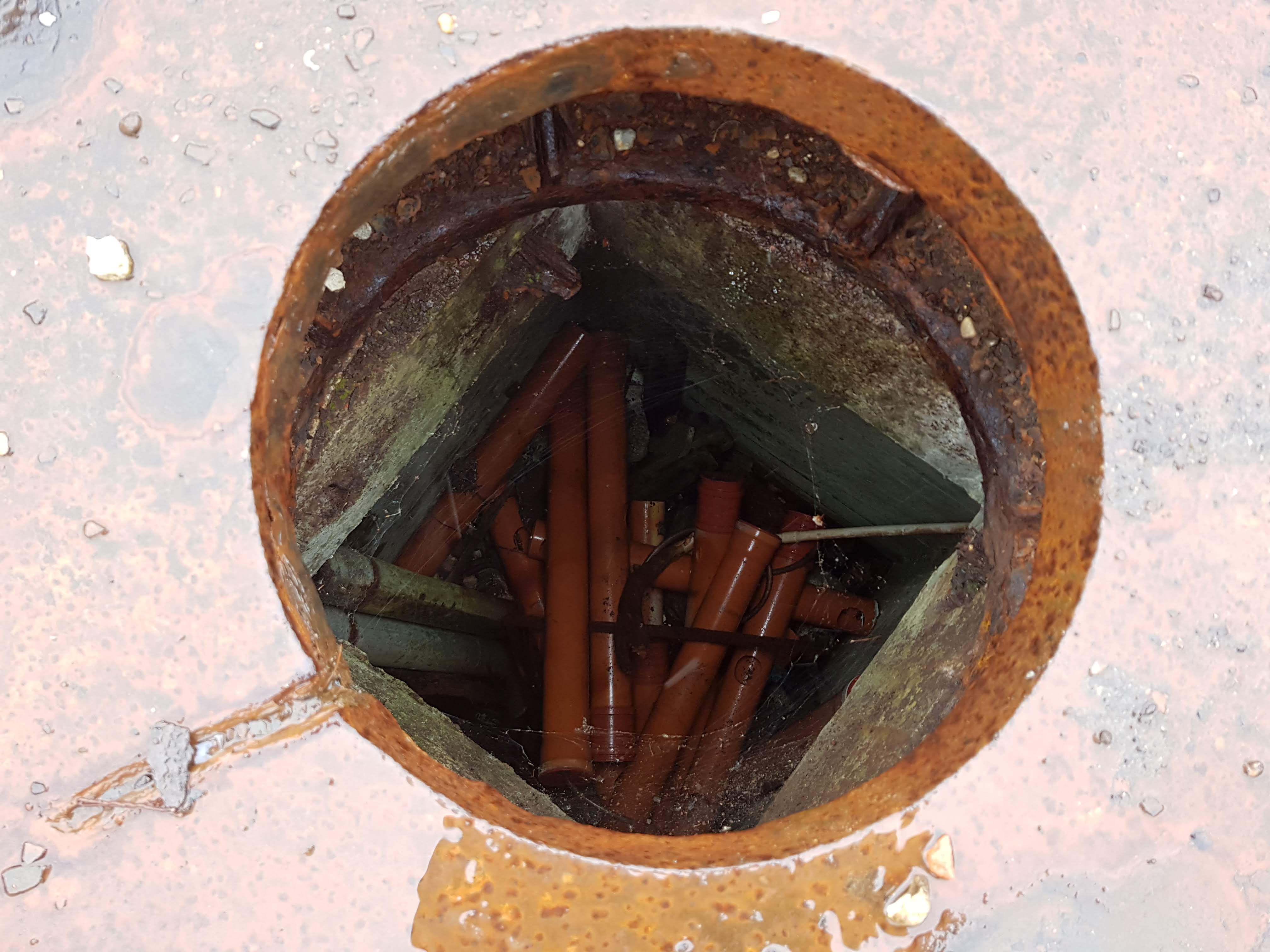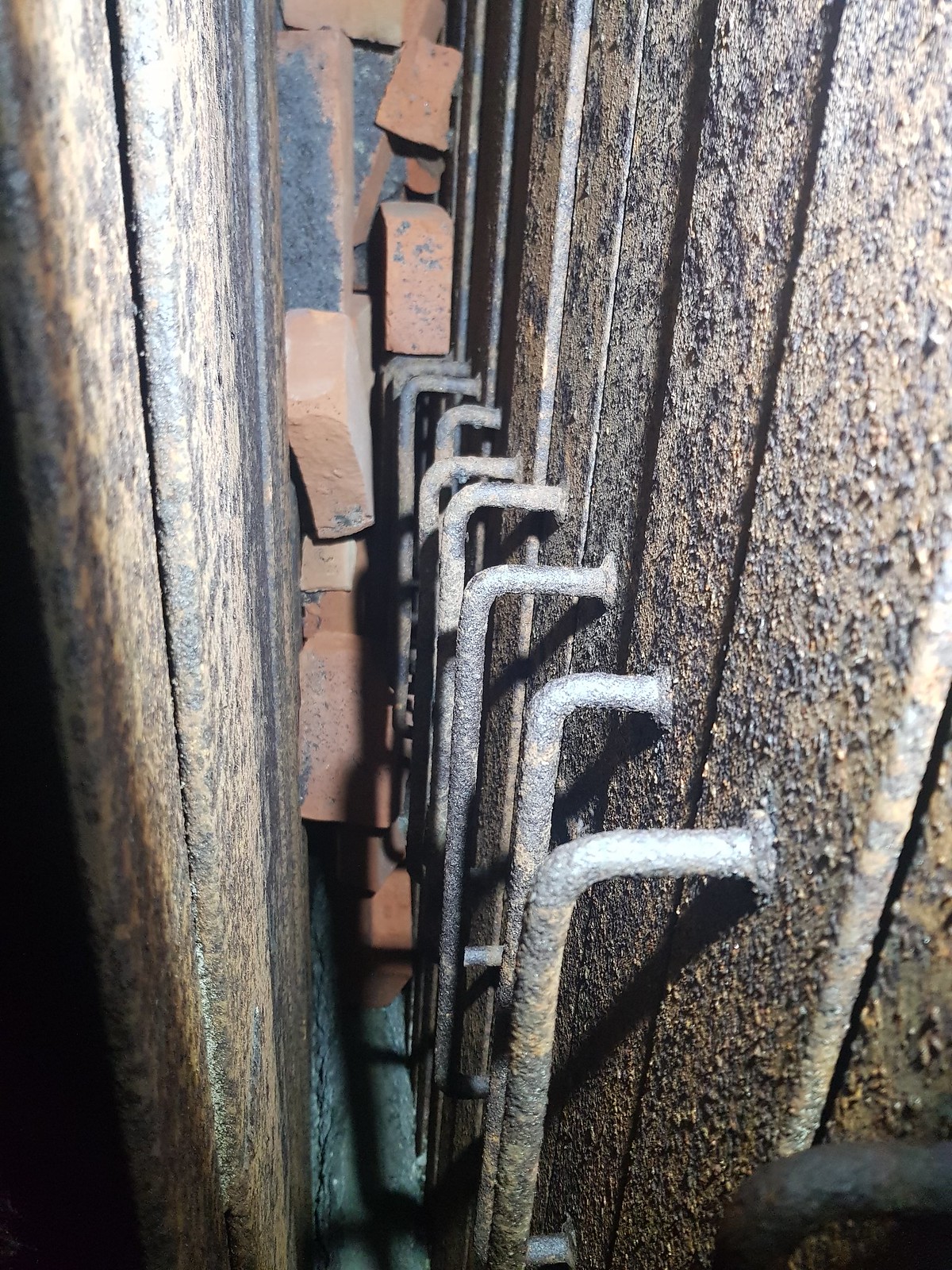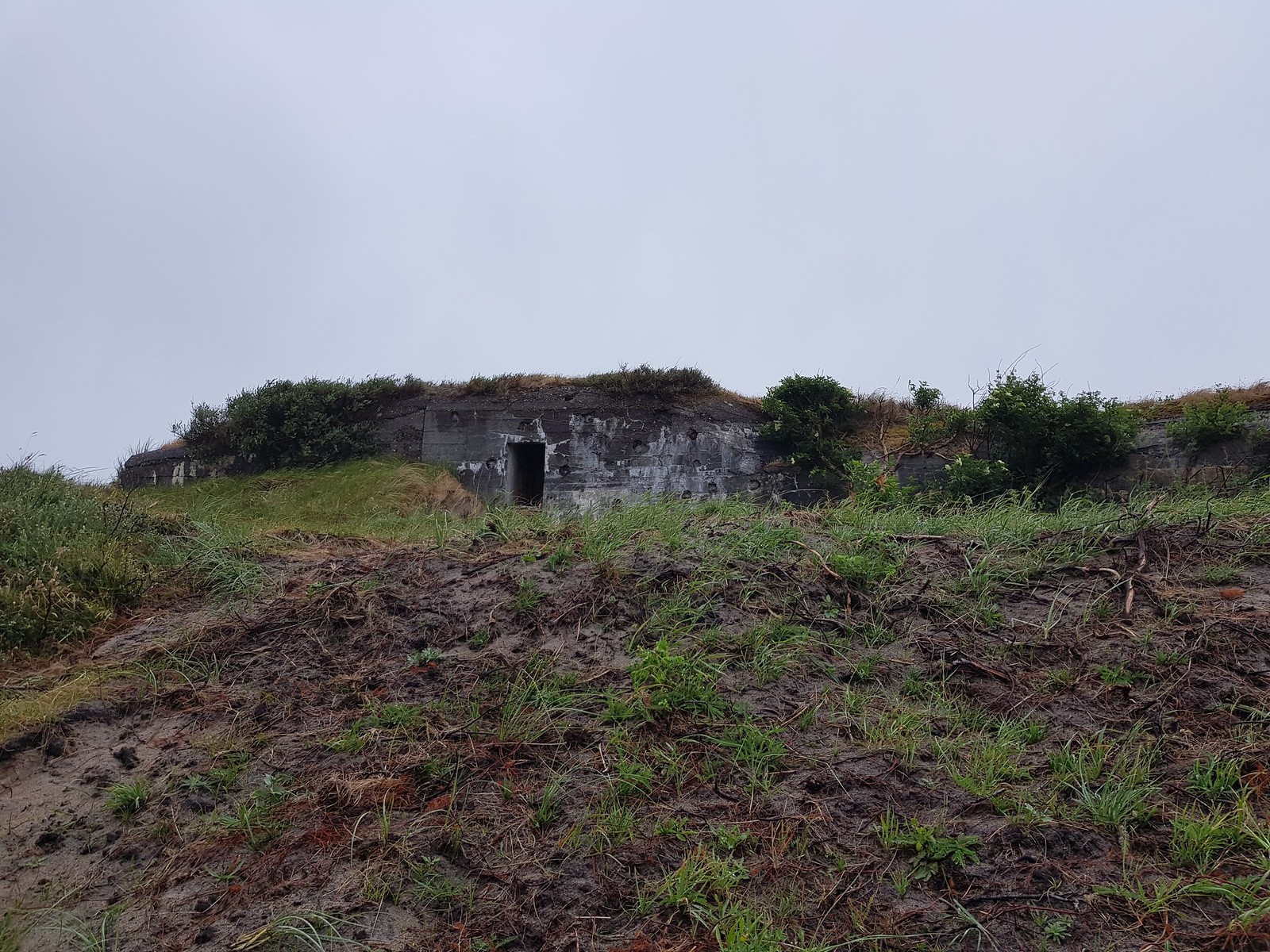The Atlantic Wall: A Fascinating Piece of WWII History
The Atlantic Wall was a massive fortification system built by Nazi Germany during World War II to prevent an Allied invasion. It consisted of bunkers, gun emplacements, and other defensive structures stretching for thousands of miles along the coast of Western Europe. The complex was a marvel of engineering, built to withstand the force of an Allied assault and to protect Nazi Germany's hold on the continent.
As a history buff, I have always been fascinated by the Atlantic Wall and the incredible story behind it. I have spent countless hours researching the system, its design, and its construction, and have even had the opportunity to explore some of the remaining bunkers myself.
The bunkers of the Atlantic Wall are some of the most fascinating and eerie places I have ever been. Walking through the narrow passageways and cramped rooms, it is easy to imagine the fear and tension that must have filled these spaces during the war.
The bunkers were designed to be virtually impregnable. Thick concrete walls and ceilings protected soldiers and equipment from bombs and artillery fire, while machine gun nests and artillery pieces covered every angle of approach. The bunkers were also connected by a series of tunnels and passageways, allowing soldiers to move safely from one position to another without being exposed to enemy fire.
Despite the impressive design and construction of the Atlantic Wall, it ultimately failed to prevent an Allied invasion. In 1944, Allied forces launched the D-Day invasion, landing on the beaches of Normandy and quickly breaking through the German defenses. The bunkers of the Atlantic Wall were quickly overrun, and the Allies were able to establish a foothold on the continent.
After the war, many of the bunkers and other defensive structures of the Atlantic Wall were left abandoned, and have since become popular tourist destinations. These bunkers are a haunting reminder of the horrors of war, and exploring them can be both fascinating and unsettling.
As I have explored the bunkers of the Atlantic Wall, I have been struck by the incredible level of detail and care that went into their construction. The walls are thick and sturdy, and many of the bunkers still contain equipment and supplies left behind by the soldiers who once occupied them.
Walking through these bunkers, I have also been struck by the eerie silence that surrounds them. The walls and ceilings absorb sound, creating a sense of stillness that is almost palpable. The darkness and musty smell only add to the eerie atmosphere.
Exploring these bunkers has also given me a newfound appreciation for the bravery and sacrifice of the soldiers who fought in World War II. These bunkers were designed to protect German soldiers from harm, but they were also places of fear and uncertainty. Soldiers who were stationed in these bunkers would have lived in constant danger, never knowing when or where the enemy might strike.
Despite the dark history of the Atlantic Wall and the bunkers that make it up, these structures remain an important part of our collective history. They serve as a reminder of the horrors of war and the incredible sacrifices that were made to secure the freedom and safety of future generations.
In conclusion, the Atlantic Wall and its bunkers are a fascinating piece of WWII history, offering a glimpse into the incredible engineering and design that went into creating a massive defensive system. While exploring these bunkers can be eerie and unsettling, it is also an opportunity to learn more about the bravery and sacrifice of the soldiers who fought in World War II.
Keywords: Atlantic Wall, WW
 |  |  |
 |  |  |
 |  |  |
 |  |  |
 |  |  |
 |  |  |
 |  |  |
 |  |  |
 |  |  |
 |  |  |
 |  |  |
 |  |  |
 |  |  |
 |  |  |
 |  |  |
 |  |  |
 |  |  |
 |  |  |
 |  |  |
 |  |
@atlantikwal_explorers What WWII bunkers look like today #atlantic wall♬ original sound - atlantic wall
Pinterest boards

Museum Opens at Atlantikwall
The Atlantic Wall was a grand project developed by the Nazis on the coast of Western Europe in order to stop an allied invasion, yet it failed. The Wall was 120 miles long and 30 miles wide, divided into 9 divisions with over 200 blockhouses, 164 watchtowers, 6,000 bunkers, 10,000 metres of trenches, and 6,000 artillery pieces. The Wall cost the Germans more than 300 million Reichsmarks, but it failed to hold back the Allies.

Regelbau is a certain type of bunker.
The Atlantic Wall is a term used to refer to the German coastal defense system that consisted of defensive fortifications on the Atlantic coast of Nazi Germany.

Abandoned Bunkers of World War II
Before the first stone was laid to make the Atlantic Wall, the Nazis had spent the previous eighteen months constructing a vast, multifaceted and complex series of fortifications. That project was one of the most ominous and terrifying efforts the Third Reich ever undertook.

The ATLANTIKWALL in Raversyde
The Atlantic Wall was an extensive system of fortifications in Nazi Germany's Atlantic Wall landscape during World War II.

Order online or visit us at:atlantic wall
Fascinating WWII history of Norway and France. Stay tuned for a gripping new podcast about the destruction of Hitler's World War II defenses.

Remains of the Atlantikwall ★★★★★
Before: The fortifications along the German coast have a long history dating back to the Middle Ages. After: Fortress Europe is a series of photographs of the German coast taken between 2012 and 2014. Over the course of the project, I was able to capture a wide range of fortifications from medieval castles to modern concrete bunkers and everything in between. Bridge: This series is a tribute to the men and women who have served their country in times of war and conflict, risking their lives to protect their fellow citizens.

WW2: Les Morts de la Marne ★★★☆☆
The Atlantic Wall was one of German dictator Adolf Hitler's grand projects. They tried to build a massive wall to stop the allied invasion by digging trenches, building bunkers and fortifications, and planting mines and explosives at strategic locations. Let's explore this infamous piece of history in this series of videos.
Related Sites:
- Boards | Pinterest
- supportpointsandtheregelbauprogram blogspot com
- the atlantikwall in raversyde blogspot com
- germandefenseprogrambeganin1942 blogspot com
- preparefortheworstandbuyabunkernow blogspot com
- abandoned bunker near my home blogspot com
- animalsstillinthebunker blogspot com
- thewallwasbuiltinstagesfrom1939 blogspot com
- questions about the atlantic wall
- germany and norway during wwii
- visit atlanticwall to learn more
- day on june 6 1944 blogspot com
- germany prepared military arsenal
- nazigermanybuilttheatlanticwall blogspot com
- Profile | Pinterest
- two types of regelbau blogspot com
- in the moscow winter of 1941 blogspot com
- the atlantic wall re enactment
- protectingthefuture with the atlanticwallatlas
- remembering wwiis nazi occupation
- protectingthefuture with
- visit atlantic wall
- a wwii survey of the atlantic blogspot com
- the atlantic wall a unesco world heritage site
- bunkers can now be utilized blogspot com
- storms exposed wwii anti
- abandonedworldwariibunkers blogspot com
- itfellduringthenormandylandingsof1944 blogspot com
- itbeganconstructionin2022 blogspot com
- see the abandoned bunkers blogspot com
- abookabouttheatlantikwall blogspot com
- comeexplorearchaeologyonbunkerhill blogspot com
- explorethebunker blogspot com
- longestlineoffortificationseverbuilt blogspot com



















































































Comments
Post a Comment